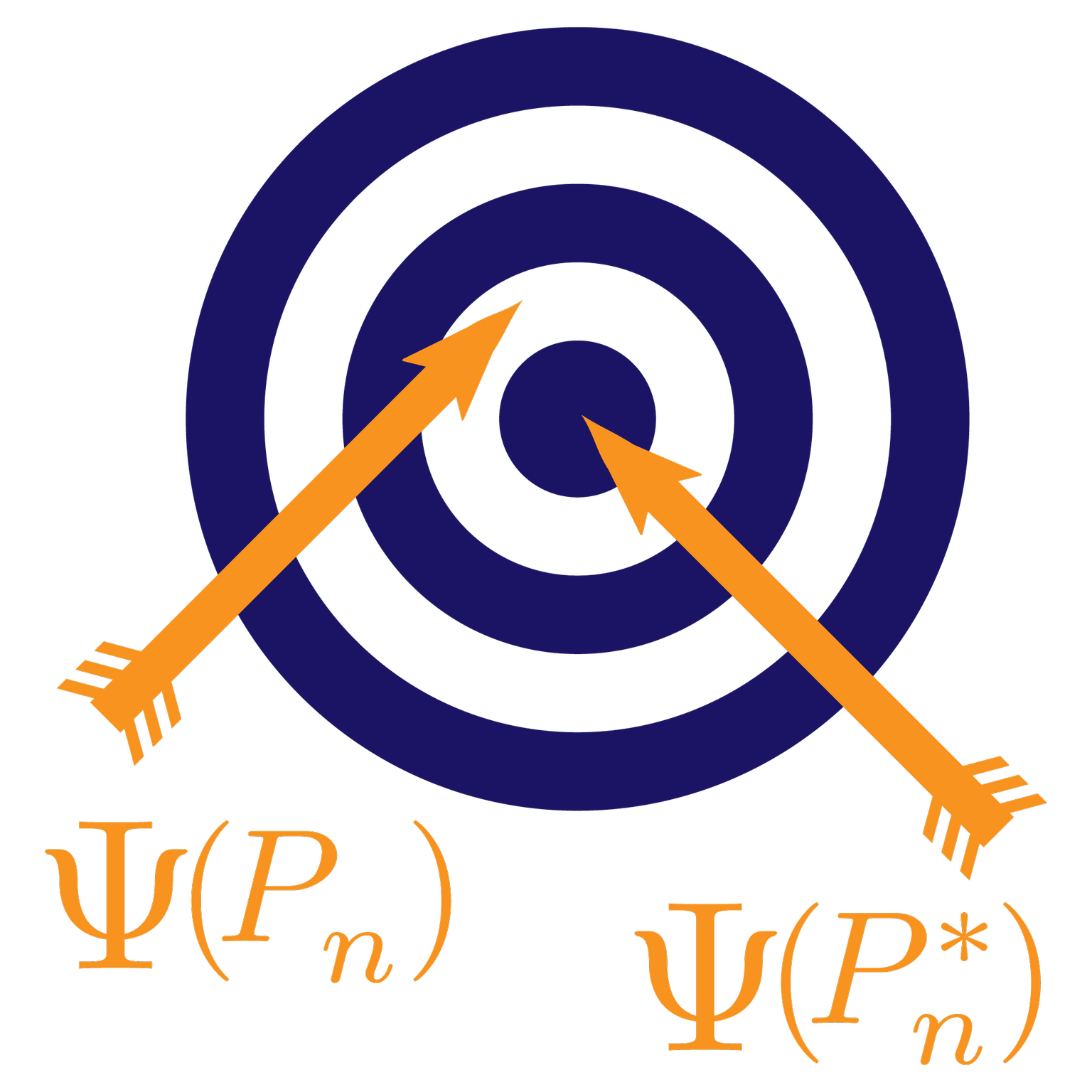This post is part of our Q&A series.
A question from graduate students in our Fall 2019 offering of “Biostatistical Methods: Survival Analysis and Causality” at UC Berkeley:
Question: Hi Mark,
Suppose we have a longitudinal data structure where information about the intervention and time-varying covariate is collected simultaneously, and their temporal ordering is obscured. For instance, data is collected at monthly health checkups, where $A(t)$ is the subject’s healthy eating habits in the past month, and $L(t)$ is the occurrence of heartburn in the past month.
This post is part of our Q&A series.
A question from graduate students in our Fall 2019 offering of “Biostatistical Methods: Survival Analysis and Causality” at UC Berkeley:
Question: Hi Mark,
For longitudinal data such as $O=(L_0,A_0,Y_0,L_1,A_1,Y_1,L_2,A_2,Y_2,\ldots )$, we can use G-computation formula with sequential regression method if we treat time $t$ as discrete variable. And you also mentioned that there are more general methods which can deal with the case when $t$ is continuous.
This post is part of our Q&A series.
A question from graduate students in our Fall 2019 offering of “Biostatistical Methods: Survival Analysis and Causality” at UC Berkeley:
Question: Hi Mark,
First of all, I have doubts regarding the simultaneous confidence interval for Kaplan- Meier, since I am not necessarily interested in inference for a parameter. I would like > to know if the 95% confidence band for my KM estimator will hold using the same formula > we did in our R lab without covariates (taken from lectures).
This post is part of our Q&A series.
A question from Twitter on choosing between double machine learning and TMLE with cross-validation: https://twitter.com/emaadmanzoor/status/1208924841316880385
Question: @mark_vdlaan Is there an applied researcher’s guide to choosing between double machine learning and TMLE + cross-fitting? PS: Thanks for making these methods and resources so easily accessible!
Answer: Thanks for this interesting question. In the past several years, the interest in these machine learning-based estimators has become more widespread, since they allow for the statistical answer to a question to be framed in terms of scientifically meaningful parameters (e.
This post is part of our Q&A series.
A question from graduate students in our Spring 2019 offering of “Targeted Learning in Biomedical Big Data” at Berkeley:
Question: Hi Mark,
We are curious about how to use TMLE and influence curves for estimation and inference when the target parameter is a conditional expectation, rather than a scalar.
Specifically, suppose I have a data structure $O = (W, Y) \sim P_0$, and sample $n$ times i.
This post is part of our Q&A series.
A question from graduate students in our Spring 2019 offering of “Targeted Learning in Biomedical Big Data” at Berkeley:
Question: Hi Mark,
Thanks for teaching this class. It’s been an amazing experience. I have a few questions related to my own research.
In infectious disease studies, modeling attempts to create models that estimate protection conferred from vaccination or previous history of infection (natural immunity).
This post is part of our Q&A series.
A question from graduate students in our Spring 2019 offering of “Targeted Learning in Biomedical Big Data” at Berkeley:
Question: Hi Mark,
A couple questions I have are about super learning and the strength of the learners as well as potentially adaptively choosing learners. Is there any advantage, theoretical or practical, of having a large library of weaker learners over a small library of stronger learners?
This post is part of our Q&A series.
A question from graduate students in our Spring 2019 offering of “Targeted Learning in Biomedical Big Data” at Berkeley:
Question: Hi Mark,
Is there any theoretical guarantees about relative performances between TMLE and the one-step estimator in finite sample conditions?
Thanks,
H.R.B.
Answer: Hi H.R.B.,
Finite sample guarantees are very hard to obtain. One can obtain finite-sample confidence intervals by, for example, not relying on a CLT but on finite-sample inequalities for sample means (e.
This post is part of our Q&A series.
A question from graduate students in our Spring 2019 offering of “Targeted Learning in Biomedical Big Data” at Berkeley:
Question: Hi Mark,
For a longitudinal data set if we have missing data, we might want to impute the values with MICE imputation (multiple imputation with chain equations). Can we use TMLE together with multiple imputation? How can we combine the results of all the multiple imputed datasets into a final result and obtain valid inference?
This post is part of our Q&A series.
A question from graduate students in our Fall 2018 offering of “Special Topics in Biostatistics – Adaptive Designs” at Berkeley:
Question: Hi Mark,
We were interested in your opinion on few topics that have come up in class a few times.
If we isolate an optimal subgroup, we can, perhaps, answer interesting questions about, say, drug efficacy (as in, does this drug work for anybody as opposed to on average?
